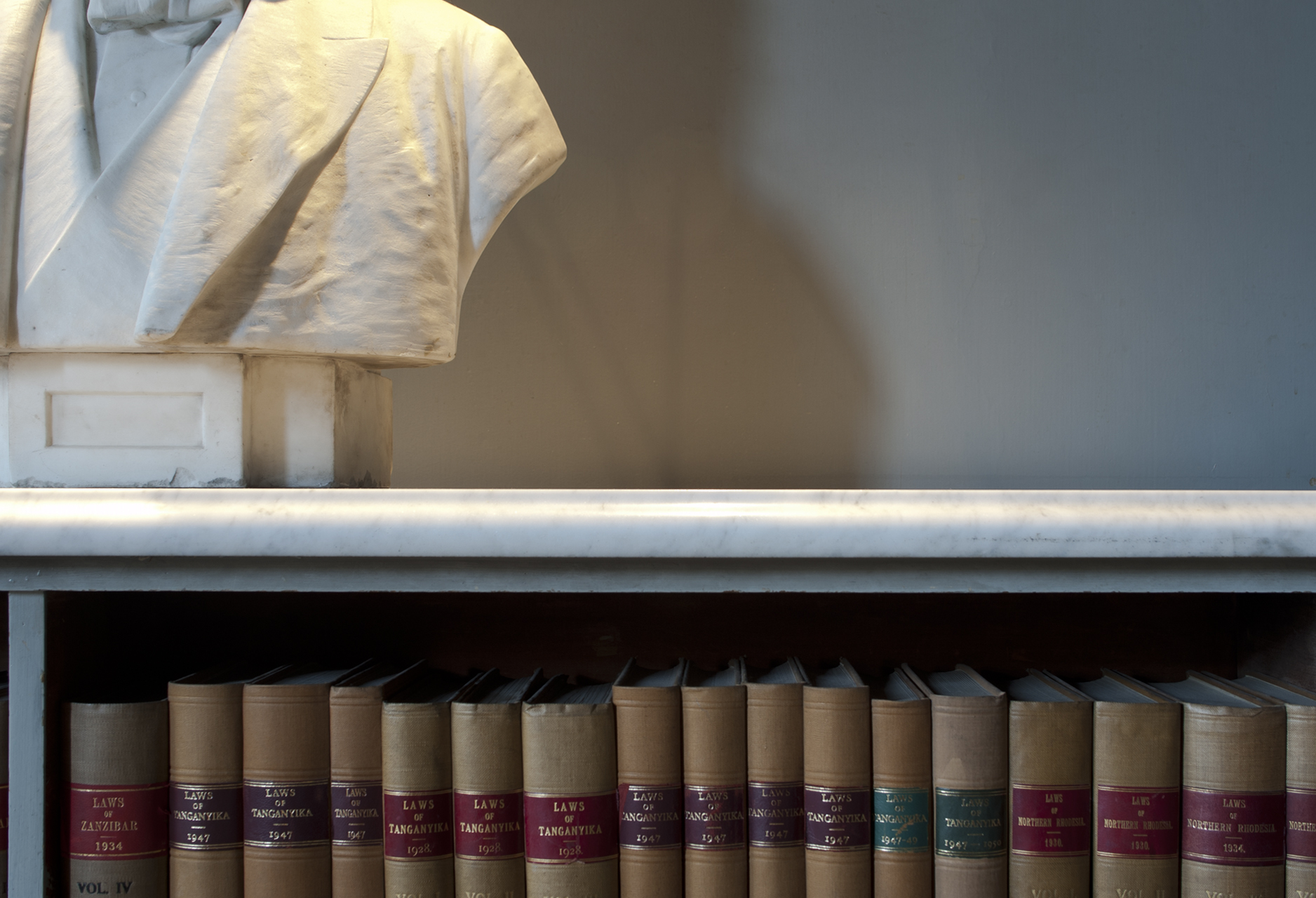THE WS SOCIETY ONLINE EXHIBITION 2024
The Great Fire of Edinburgh, 1824
For two years after the visit of King George IV, life went on in the Library Block as it had been intended at the inception of the project. The Writers to the Signet’s Hall and Library occupied the ground floor, with the Signet Office and Deputy Keeper’s Office at the western end, and further rooms in a basement corridor underneath. The Faculty of Advocates occupied the Upper Hall, with a robing space for the Senators to the College of Justice at the building’s eastern end.
This peaceful co-existence would be interrupted by catastrophe. On Monday, 15th November 1824, fire broke out on Edinburgh’s High Street and spread quickly. The London artist William Turner drew the scene from the Signet Library’s western entrance:
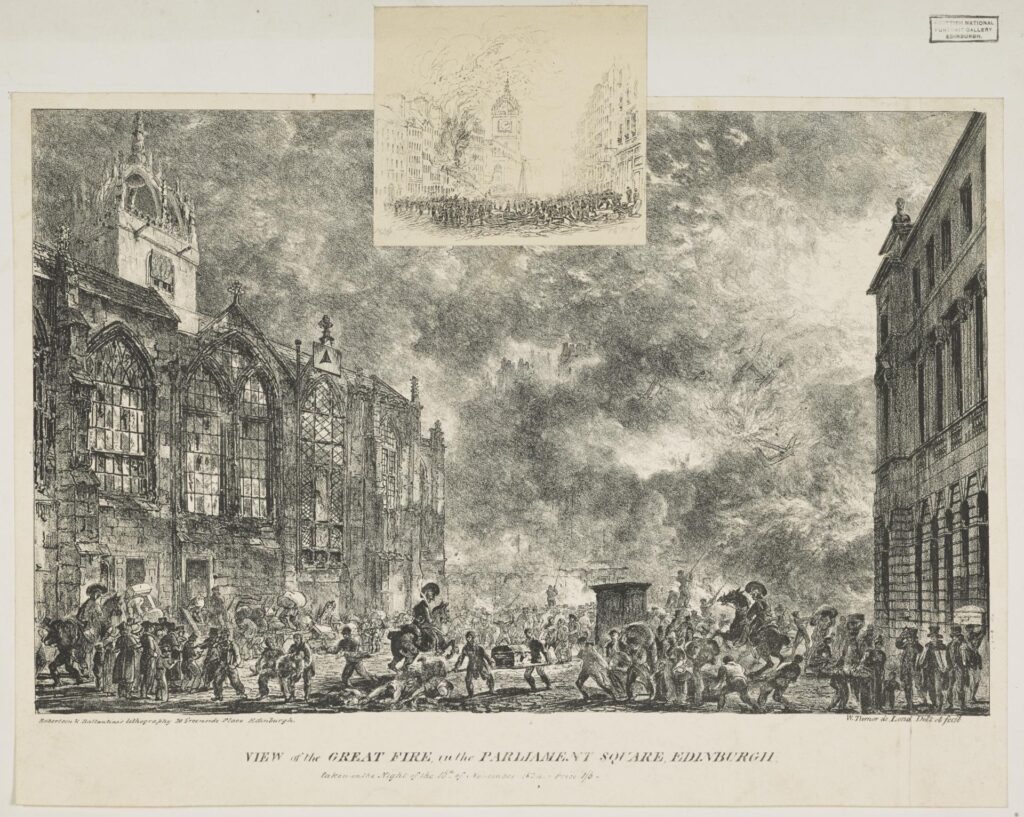
The fire burned for five days, and its progress was halted just in time to save St. Giles Kirk, the 1806 Court of Exchequer and the Signet Library. The rest of Parliament Close – the traditional centre of Edinburgh’s bookselling, clockmaking and jewelry trades – was lost. 13 people lost their lives, and more than 400 lost their homes.
The tragedy brought an immediate response, which is commemorated at the Signet Library in the form of a copy of Lizar’s Views of Edinburgh presented by the City Council to King Charles X of France who, remembering his kind treatment during his exile in Edinburgh, had contributed generously to the appeal for those the fire had left desitute.

The fire had also laid bare the vulnerability of the Library Block, surrounded as it was by ancient and fire-prone properties in the surrounding wynds and closes. The Faculty of Advocates, keepers of what was in effect Scotland’s national library, sold the Upper Hall to the WS Society in 1826 for £12,000, and in 1833 moved to new premises to the south of the Library Block. In the same year, the WS Society transferred the Signet Office from the Library Block to Register House on Princes Street, which was designed to minimise the threat of fire.
Now in full charge of the Library Block, the WS Society built a new Grand Staircase to link the Lower and Upper Halls, designed by the architect William Burn. The staircase’s completion, and the move of part of the Signet Library collections into the magnificent Upper Hall, marked the Georgian apogee of the Library’s century of life.
The End of the Golden Age
The Golden Age of Signet Library collecting ended abruptly and tragically. At the sale of the late Lord Eldin’s books and pictures, on 16th March 1833, the floor of the first floor room selected for the roup gave way beneath the throng. Napier was present but escaped without serious injury. However, the WS Society’s banker Alexander Smith was killed, and a year later, his bank collapsed, taking a significant proportion of the Society’s wealth with it. Edinburgh as a whole was entering an extended period of economic depression, and it would be thirty years before significant investment in the library could recommence.
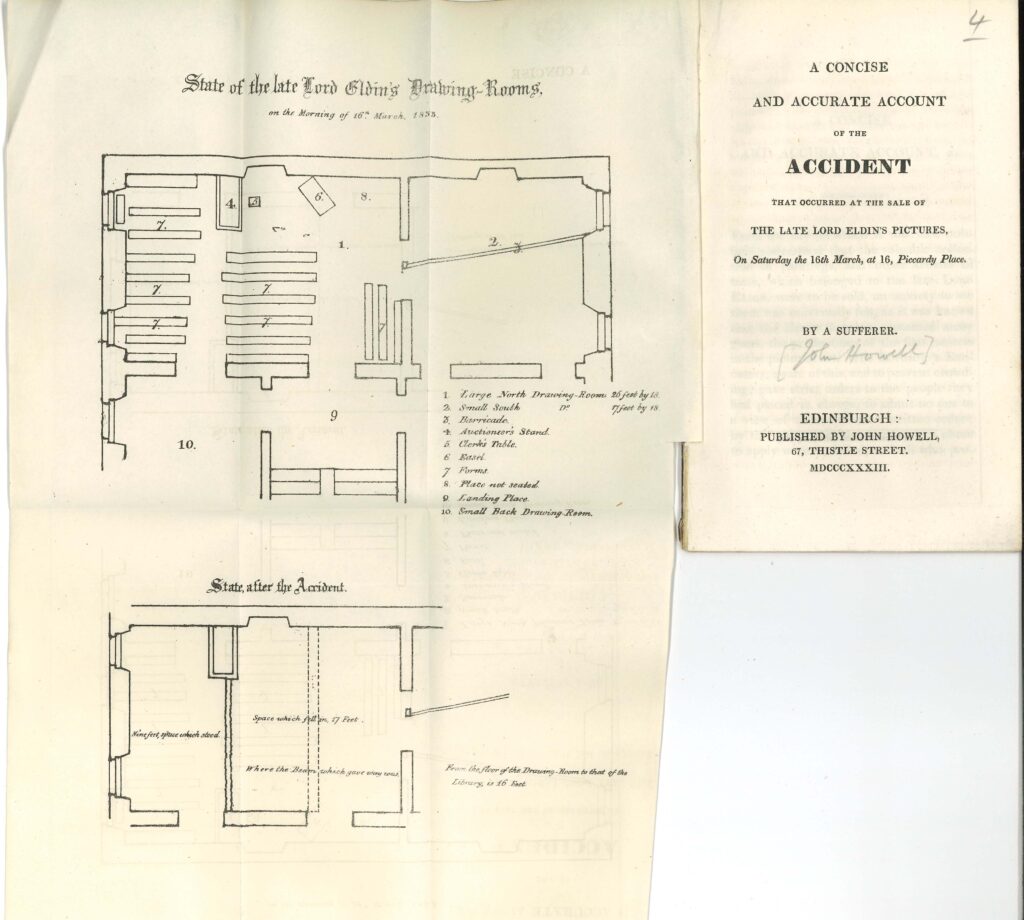
In the new straitened circumstances that the WS Society perforce found itself, all holders of Society posts were compelled to accept significant cuts in salary, and expenditure on the magnificent Library practically ceased. Macvey Napier remained in office while the initial shock of the banking crash was absorbed by the Society, but in 1837 he was offered the role of Principal Clerk of Session and resigned the post of Librarian after a genuinely remarkable 32 years.
The Testament of Macvey Napier
On demitting office, Napier could look back on time with happiness, writing of the Library that
It is not merely [..] a gracious ornament.. in an age like the present, when reading may, in some measure be said to constitute a part of the business of life, when some acquaintance with literature is indispensable to every man who is called to exercise a liberal profession, and when new books are printed in such succession, and at such high prices, it is only by having access to an extensive library that individuals of moderate fortune can enjoy the means of gratifying their tastes for liberal enquiry.
The Library’s long eighteenth century had come to an end: its very different Victorian experience was about to begin. But we end as we began, in the Signet Library’s Upper Hall, surrounded by Napier and Stark’s great realised vision of a lawyer’s palace of learning and life:
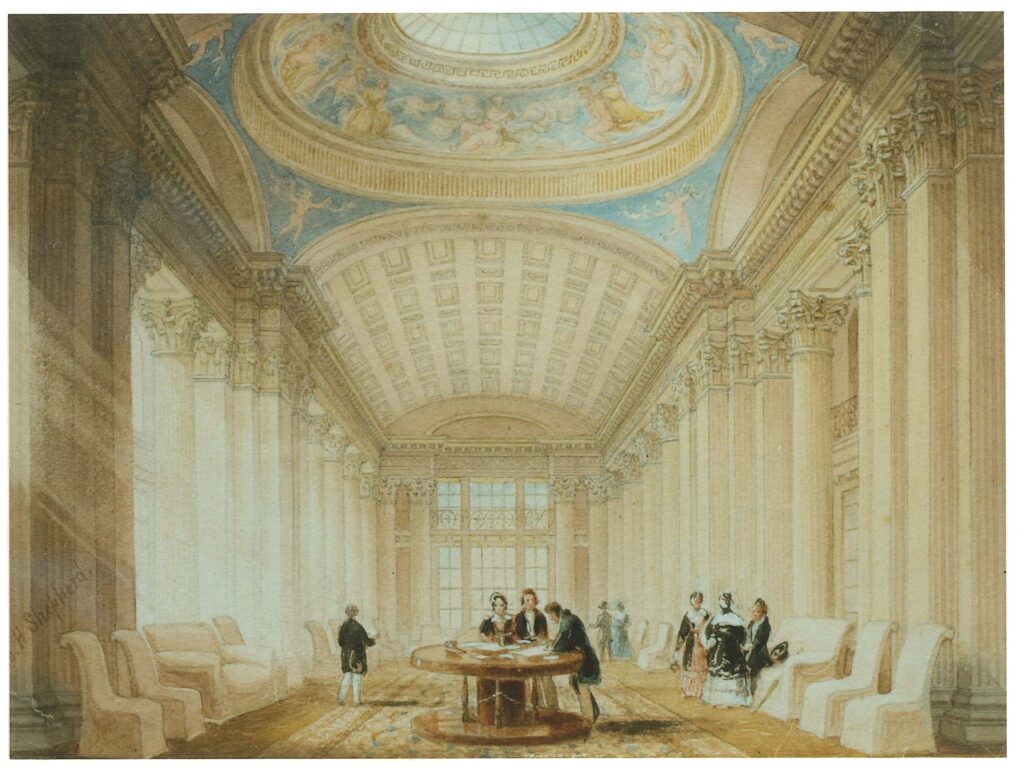
Further Reading
Robert Chambers Notices of the Most Remarkable Fires in Edinburgh, from 1385 to 1824 (Edinburgh 1824)
John Howell A concise and accurate account of the accident that occurred at the sale of the late Lord Eldin’s pictures, on Saturday the 16th March. By a sufferer. (Edinburgh 1833)
Richard Rodger The Transformation of Edinburgh: Land, Property and Trust in the Nineteenth Century (Cambridge 2001)
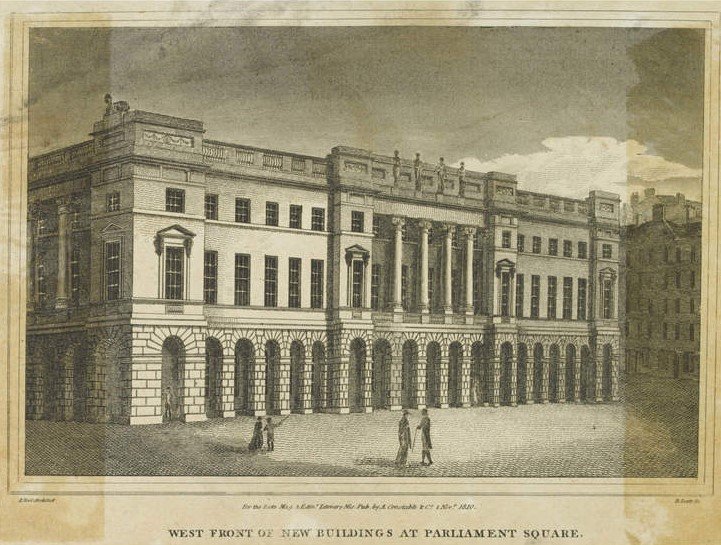
4. The Golden Age of the Signet Library
Macvey Napier: Golden Age Librarian
